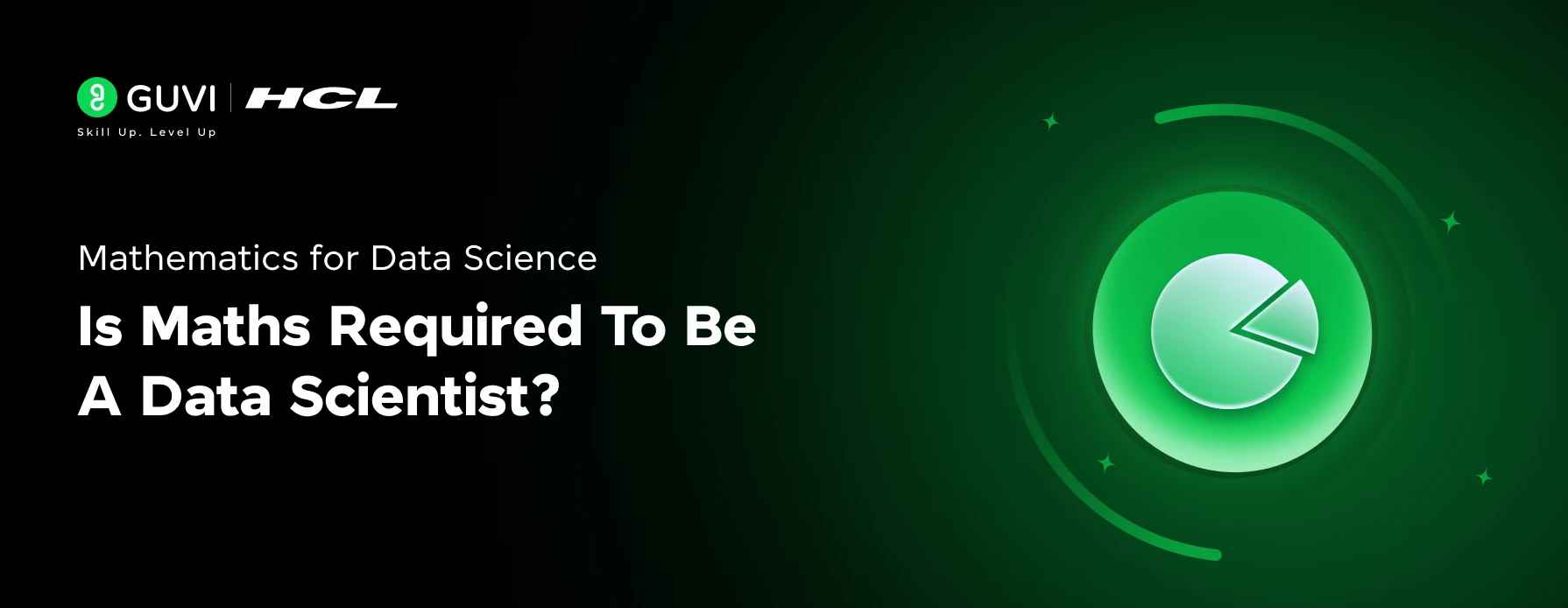
Mathematics for Data Science: Is Maths Required For Data?
Oct 09, 2025 6 Min Read 1533 Views
(Last Updated)
Have you ever wondered what truly powers the algorithms behind AI, machine learning, and data analytics? While coding skills and data manipulation tools are crucial, you have to learn mathematics for data science. Yes, you heard that right, if you are aiming for a data science role, then mathematics is inevitable!
From predicting customer behavior to building neural networks, math helps you understand why a model works, how it learns, and what insights you can trust.
That is why, in this article, we’ll explore the essential mathematical foundations every aspiring data scientist should know, not just to run models, but to think like a data scientist. So, without further ado, let us get started!
Table of contents
- Mathematics for Data Science
- Linear Algebra
- Vector and Matrix Basics
- Dimensionality Reduction
- Statistics and Probability
- Probability Basics:
- Distributions and Randomness:
- Descriptive vs. Inferential Statistics:
- Calculus
- Derivatives and Gradients:
- Optimization Connections:
- Integrals and Areas (less common)
- Optimization
- Discrete Mathematics
- Set Theory and Boolean Logic:
- Graph Theory:
- Combinatorics and Probability:
- Conclusion
- FAQs
- How much math do I need to know to start learning data science?
- Why is linear algebra important in data science?
- What role does calculus play in machine learning?
- How are probability and statistics used in data science?
- Is discrete mathematics necessary for data science?
Mathematics for Data Science
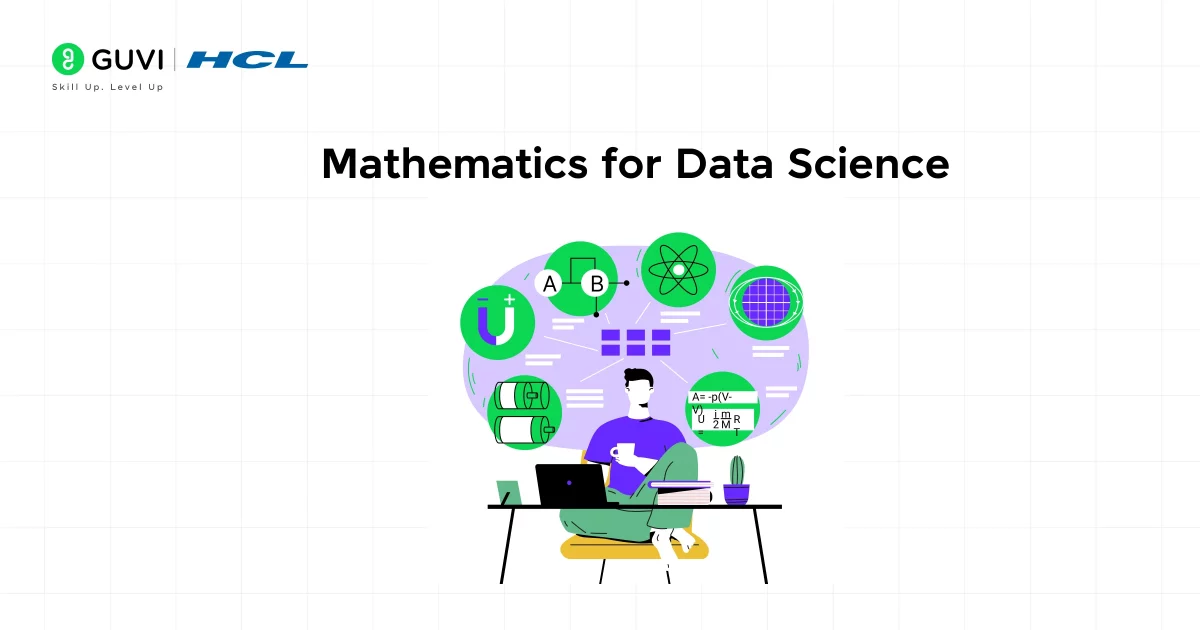
Data science is all about extracting knowledge from data, but behind every model and chart is a heap of math. Think of mathematical concepts as the tools in your data science arsenal.
Linear algebra lets you handle datasets as vectors and matrices; probability and statistics help you interpret uncertainty and patterns; calculus and optimization guide your model-fitting; and discrete math underpins structures like graphs and logical rules. Together, these fields form the foundation of data science, giving you the language to build models, quantify confidence, and analyze results.
Linear Algebra
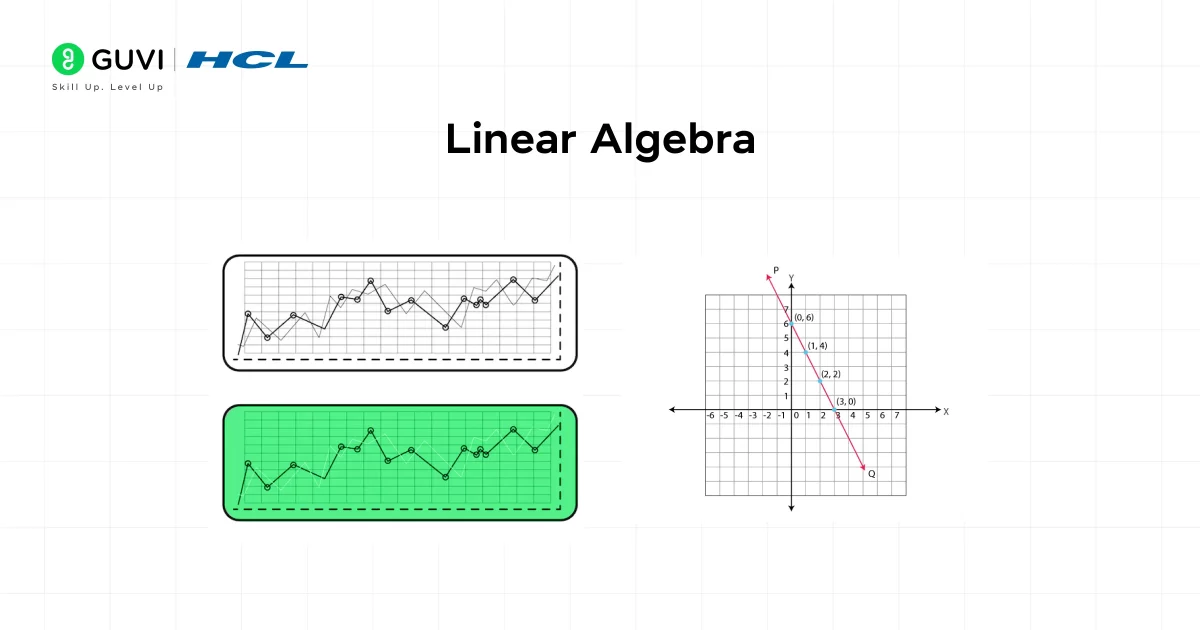
Linear algebra is the gateway to many data-science algorithms. A vector is just an array of numbers, and a matrix is a 2D array. You can think of a vector as a point in space and a matrix as a way to transform that point. For instance, multiplying a matrix by a vector can rotate or scale that point in space.
Key concepts in linear algebra include dot products, matrix multiplication, and eigenvalues/eigenvectors. For example, principal component analysis (PCA) uses eigenvectors of the data’s covariance matrix to find the axes along which data vary the most. This reduces a large dataset to a few principal components while preserving patterns.
In practice, that means you can compress data or denoise images without losing the signal. When you train a model like linear regression, solving the equation Ax = bAx = bAx = b to find optimal weights is literally solving a system of linear equations.
Vector and Matrix Basics
A vector could be a row of data or a list of features; a matrix is like a spreadsheet of data. For example, if you have a 2×2 matrix, A= 02 30 and a vector v=(1,2), multiplying A×v scales each coordinate: Av= (2∗1 + 0∗2, 0∗1 + 3∗2) = (2,6. This kind of matrix-vector multiplication is at the heart of applying model weights to input data.
Dimensionality Reduction
Operations like Singular Value Decomposition (SVD) break a matrix into simpler parts. SVD and eigen-decompositions let you perform PCA or latent semantic analysis – techniques that compress data by discarding low-variance directions. This helps you visualize data in 2D/3D or speed up training without losing important structure.
In short, matrices and vectors let you represent and compute with your data efficiently – without them, tasks like feature scaling, PCA, and matrix factorization wouldn’t make sense. Remember: a lot of “big data” computations boil down to big matrix multiplications and vector additions under the hood of your favorite Python libraries.
Statistics and Probability
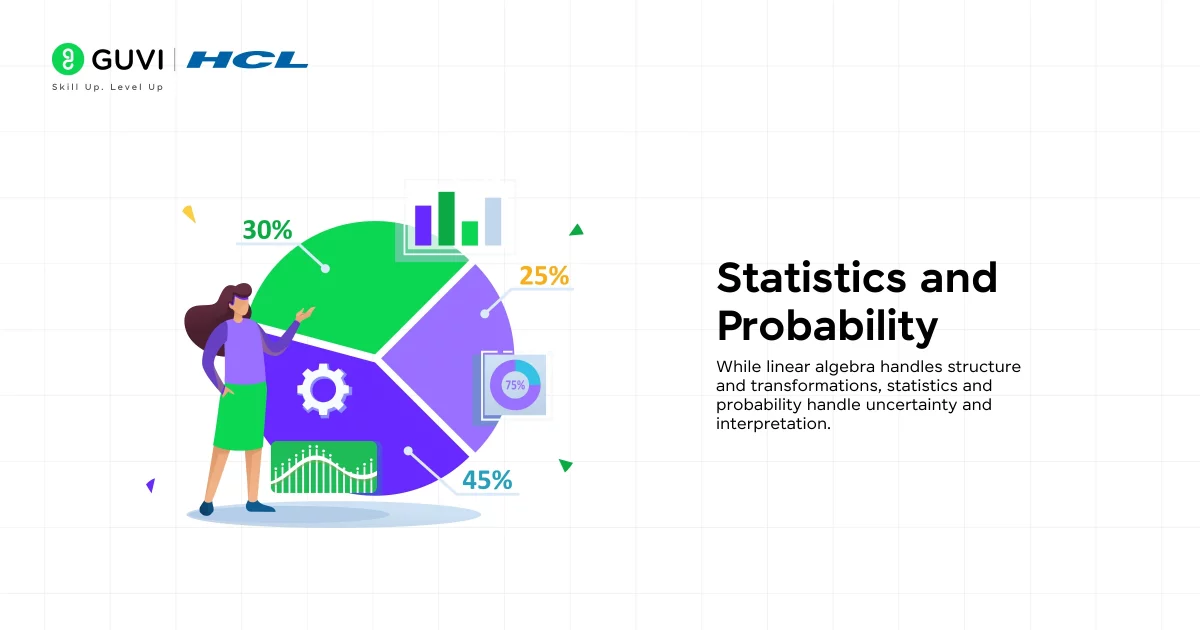
While linear algebra handles structure and transformations, statistics and probability handle uncertainty and interpretation. Whenever you collect data, you ask: What does it mean? How do we summarize it, test hypotheses, or make predictions? Statistics gives you the tools.
For example, you use descriptive statistics (mean, median, variance) to summarize datasets, which helps you see trends or outliers. You use probability theory to model randomness, such as the probability that a user will click an ad or that a disease occurs. These concepts are the backbone of data analysis.
Probability Basics:
Probability measures how likely events are. For example, if you roll a fair six-sided die, the probability of any one face (say, 3) is 1/6. In data science, probability underlies models like Naive Bayes or any system that predicts “chance of X given Y”.
It also lets you quantify uncertainty: confidence intervals and Bayesian statistics turn raw data into probabilistic statements (e.g. “with 95% confidence, the conversion rate is between 1% and 5%”).
Distributions and Randomness:
Random variables have distributions (Gaussian, Poisson, etc.). Knowing these helps you model noise and variability. For example, measurement errors often follow a normal (bell-curve) distribution, and understanding that helps you make better predictions and set thresholds.
Probability distributions are crucial for predicting future events – think of forecasting demand or risk – by formalizing what outcomes are likely.
Descriptive vs. Inferential Statistics:
Descriptive stats (mean, median, histograms) help you visualize and summarize data. Inferential stats (confidence intervals, hypothesis tests, p-values) help you conclude a larger population from your sample.
For example, you might test whether a new feature improves your model by comparing error rates and computing a p-value to see if the improvement is significant or just luck. These methods are indispensable for deciding which features matter and whether your results are credible.
In practice, statistics touches every part of data science. Data visualization itself is often grounded in statistical ideas: plotting the distribution of a variable, or drawing error bars to show uncertainty.
If you want to read more about how maths influences Data Science and its use cases, consider reading HCL GUVI’s Free Ebook: Master the Art of Data Science – A Complete Guide, which covers the key concepts of Data Science, including foundational concepts like statistics, probability, and linear algebra, along with essential tools.
Calculus
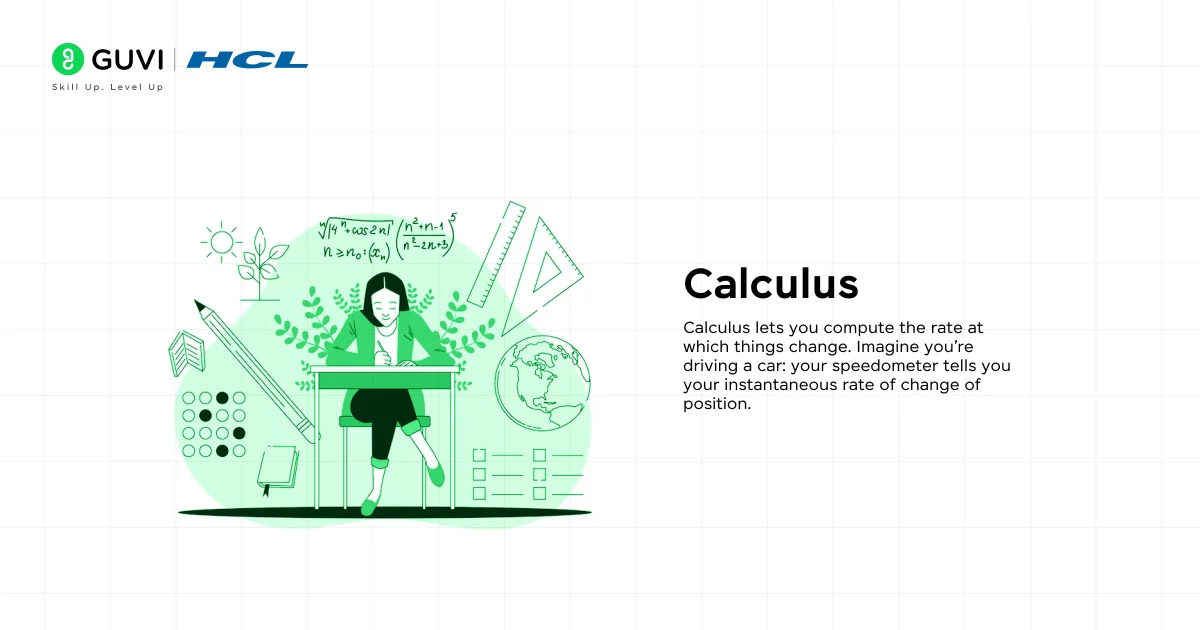
Calculus lets you compute the rate at which things change. Imagine you’re driving a car: your speedometer tells you your instantaneous rate of change of position. Similarly, the derivative of a function tells you its slope at any point.
This is critical for optimization: to find the best model parameters, you often take the derivative of an error function with respect to each parameter and move in the direction that decreases error.
For example, in gradient descent (the workhorse algorithm for training many models), you compute the gradient of the loss function (which is a derivative vector) to see which way to adjust your parameters. Each step of training is like standing on a hillside (the loss surface) and choosing the steepest downhill direction (the negative gradient) to descend.
Because of calculus, you know exactly how to update weights: for a simple mean-squared-error loss, the update rule w = w- ∂MSE/∂w comes directly from taking a derivative. In deep learning, backpropagation relies on the chain rule of calculus to efficiently compute gradients through layers of a neural network. Without calculus, concepts like gradient descent and backprop would be just mysteries; with it, they become understandable recipes.
Derivatives and Gradients:
A derivative f'(x) tells you the slope of f(x) at any point x. In machine learning, if f is your loss function, the gradient points toward the direction of greatest increase in loss. By moving in the opposite direction, you minimize the loss. Modern libraries handle the computation, but the mathematical principle comes from calculus.
Optimization Connections:
Calculus-based methods can find local optima. In convex problems (like ordinary least squares), setting derivatives to zero finds the global minimum. In neural networks, derivatives (gradients) and the chain rule let you propagate errors backward through layers. You also see calculus in activation functions: the logistic (sigmoid) function has a derivative σ′(x) = σ(x)(1−σ(x)), which is used to update weights in logistic regression and neural nets.
Integrals and Areas (less common)
Integrals (the area under curves) show up in data science too, especially in probability (the integral of a probability density gives cumulative probability).
For example, the area under the Receiver Operating Characteristic (ROC) curve – a common measure of classifier performance – is an integral. So while derivatives tend to steal the spotlight, the opposite concept (integration) also helps when you need to accumulate or average continuous quantities.
In summary, calculus equips you with the language of rates and accumulations. It’s what lets you draw learning curves and descent paths rather than wandering blindly. By taking derivatives of your loss or likelihood functions, you create the feedback loop that drives most model training.
Optimization
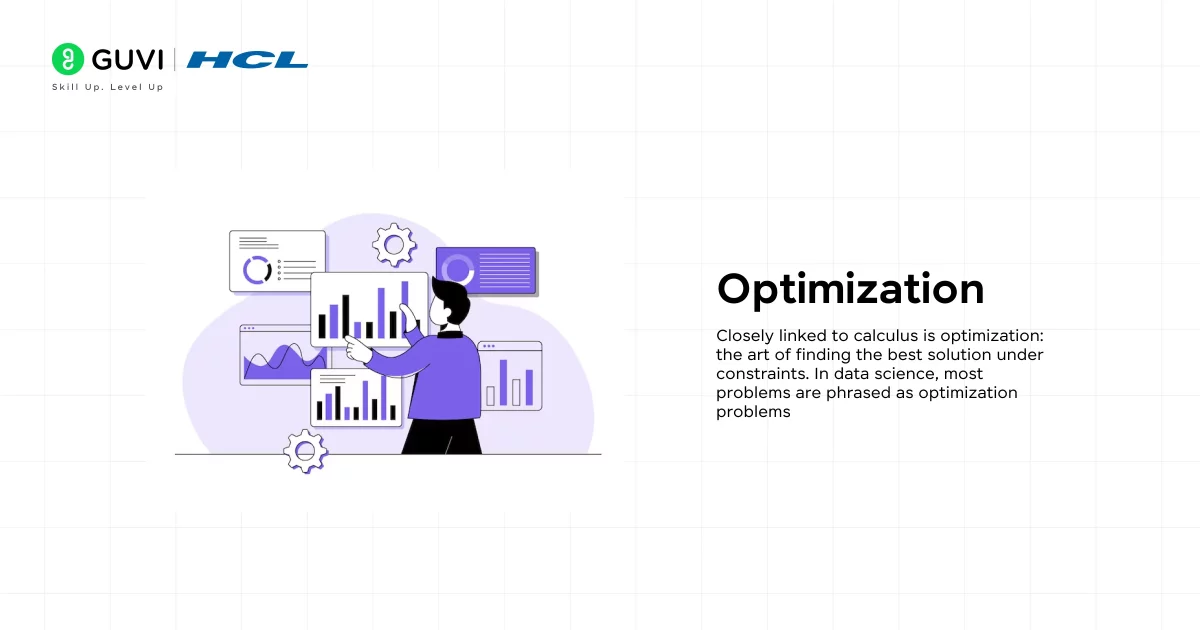
Closely linked to calculus is optimization: the art of finding the best solution under constraints. In data science, most problems are phrased as optimization problems – for example, finding the model parameters that minimize the error between predictions and true values.
Because of calculus, you know how to use gradients to iteratively reach that minimum, but there are also higher-level concepts. You learn about convex functions (where any local minimum is global), and algorithms like gradient descent, Newton’s method, or stochastic methods (SGD) that efficiently search the space.
The central idea is that you define a cost function (like mean squared error, cross-entropy loss, etc.) and then adjust the model to make that cost as small as possible. In practice, you choose a learning rate and take many small steps downhill on the loss surface.
All of these rely on the notion of “searching” through possibilities, guided by a mathematical criterion. In short, optimization turns your modeling goal into a concrete math problem, and calculus supplies the tools to solve it.
Discrete Mathematics
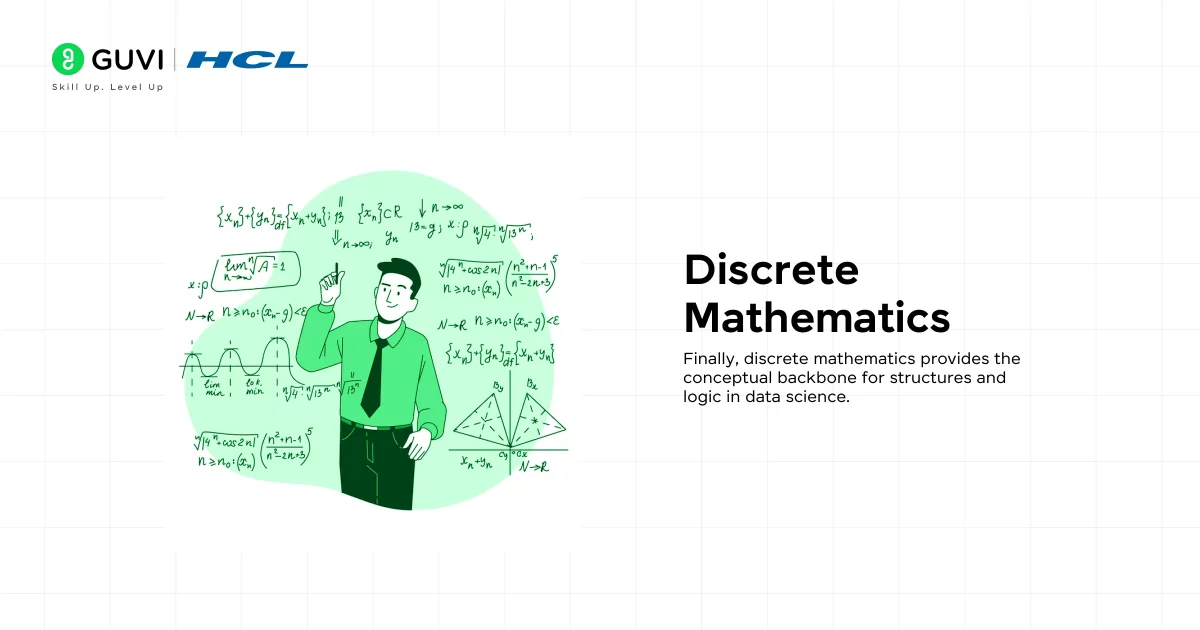
Finally, discrete mathematics provides the conceptual backbone for structures and logic in data science. This area covers countable, distinct objects: sets, graphs, logic statements, and so on.
Even though it might sound abstract, it’s extremely practical: when your data is categorical (like user IDs, product codes, etc.), you rely on set theory and combinatorics. When you work with networks or relationships (social networks, recommendation systems, knowledge graphs), graph theory steps in. Logic and Boolean algebra underpin database queries and decision rules.
Set Theory and Boolean Logic:
Every dataset can be seen as a set of records. Operations like unions, intersections, and joins in databases come directly from set theory.
For example, if you want to combine data on customers and orders, you’re effectively doing a set intersection on a key. Boolean logic (AND, OR, NOT) lets you filter data: your SQL WHERE clauses or boolean masks in pandas are logic at work.
Graph Theory:
Data science often deals with networks: social networks, hyperlink graphs, supply chains, or neural-network architectures themselves. Graph theory is the math of nodes and edges.
For example, Google’s PageRank algorithm uses the graph of web links to rank pages – it essentially computes eigenvectors of a link matrix. In social network analysis, you use graph metrics to understand influence or community structure.
We see graph concepts in recommendation, knowledge graphs, and even biological data. Discrete math tells you how to represent these networks and reason about them.
Combinatorics and Probability:
When you think about choosing features or enumerating possible models, you’re doing combinatorics. For example, if you have 20 possible features, there are 220 subsets – far too many to try exhaustively, but combinatorics and probability can help you sample wisely or use techniques like forward selection.
Probability itself is formally a part of discrete math, reinforcing its role in modeling uncertainty. Decision trees and Bayesian networks (common in ML) rely on discrete probability and combinatorial structures to calculate outcomes.
In summary, whenever data is non-continuous or structured, discrete math gives you the framework to handle it. As one overview puts it, algorithms form the backbone of data science, and discrete math provides the tools to create and analyze them.
If you want to learn more about how Mathematics is crucial for data science through a structured program that starts from scratch and slowly teaches you everything about the subject, consider enrolling in HCL GUVI’s IIT-M Pravartak Certified Data Science Course, which empowers you with the skills and guidance for a successful and rewarding data science career
Conclusion
In conclusion, all these mathematical topics – linear algebra, statistics and probability, calculus and optimization, and discrete math – are intertwined in data science.
In general, mathematics for data science is the foundation that every data scientists need to learn. It’s what makes learning algorithms tick and what lets you truly understand your data. Without it, you’d be in the dark about how reliable your models are or why they make certain predictions. By mastering these areas, you gain the ability to interpret results, improve methods, and innovate.
FAQs
1. How much math do I need to know to start learning data science?
To begin your journey in data science, a solid grasp of high school-level mathematics, including algebra and basic statistics, is sufficient. As you delve deeper, understanding concepts from linear algebra, probability, statistics, and calculus becomes essential, especially when developing or fine-tuning machine learning models.
2. Why is linear algebra important in data science?
Linear algebra is fundamental in data science because it provides the tools to represent and manipulate data efficiently. Concepts like vectors and matrices are used to handle datasets, perform transformations, and implement algorithms such as Principal Component Analysis (PCA) for dimensionality reduction.
3. What role does calculus play in machine learning?
Calculus, particularly differential calculus, is crucial in machine learning for optimizing algorithms. It helps in understanding how changes in input variables affect the output, which is essential when minimizing error functions during model training.
4. How are probability and statistics used in data science?
Probability and statistics are at the heart of data science. They enable data scientists to make inferences about populations from sample data, assess the likelihood of events, and quantify uncertainty.
5. Is discrete mathematics necessary for data science?
Yes, discrete mathematics is important. It provides the theoretical foundation for understanding graphs, trees, and combinatorics, which are essential when dealing with structured data, optimizing search algorithms, or analyzing relationships in social networks.
















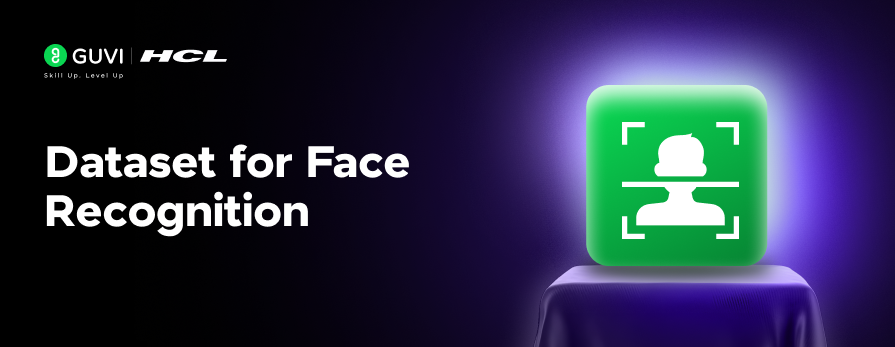


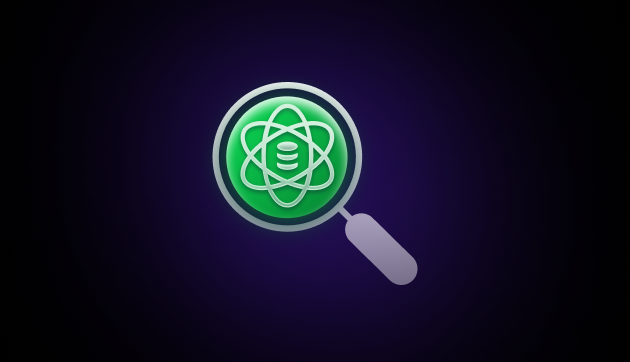
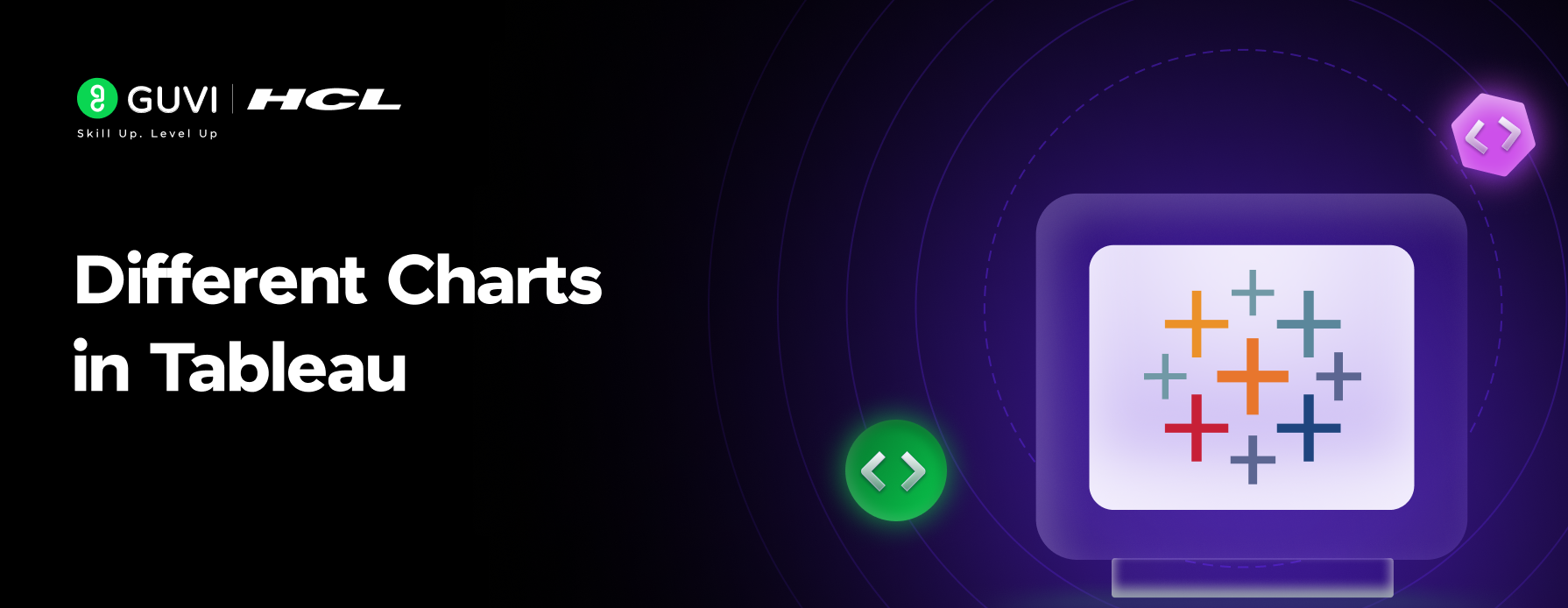
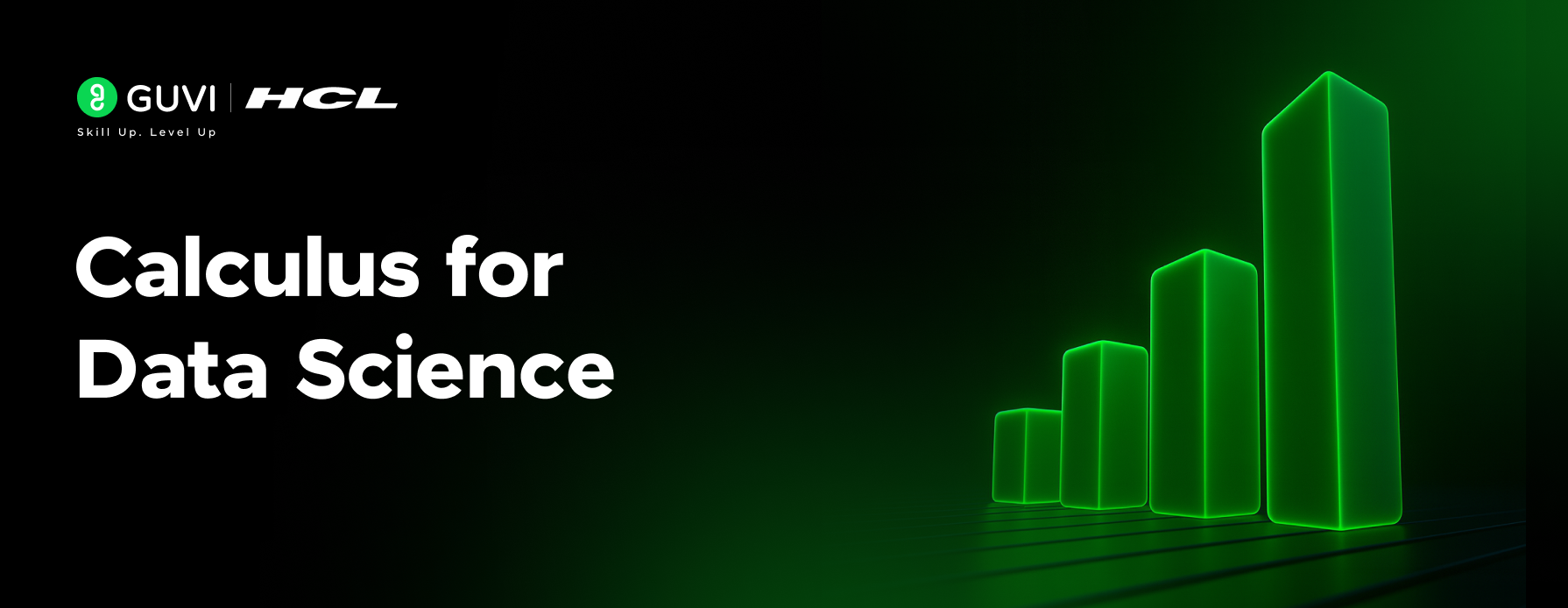
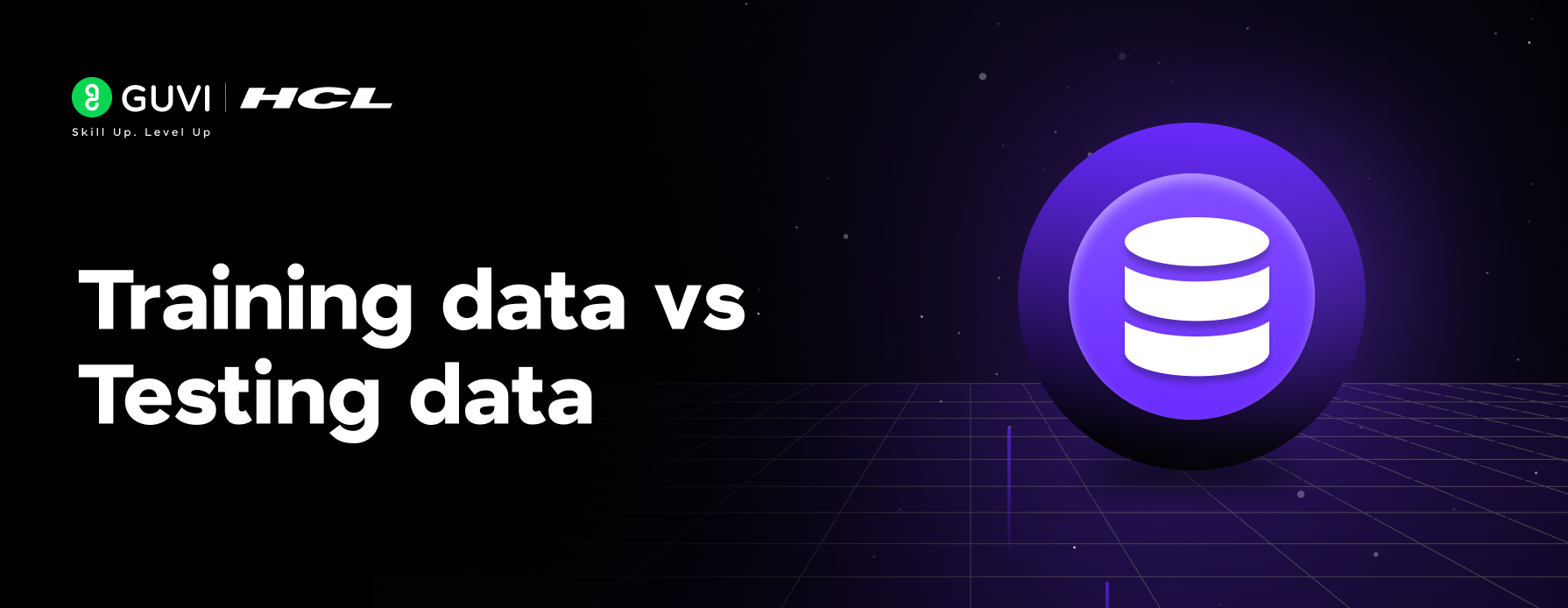






Did you enjoy this article?